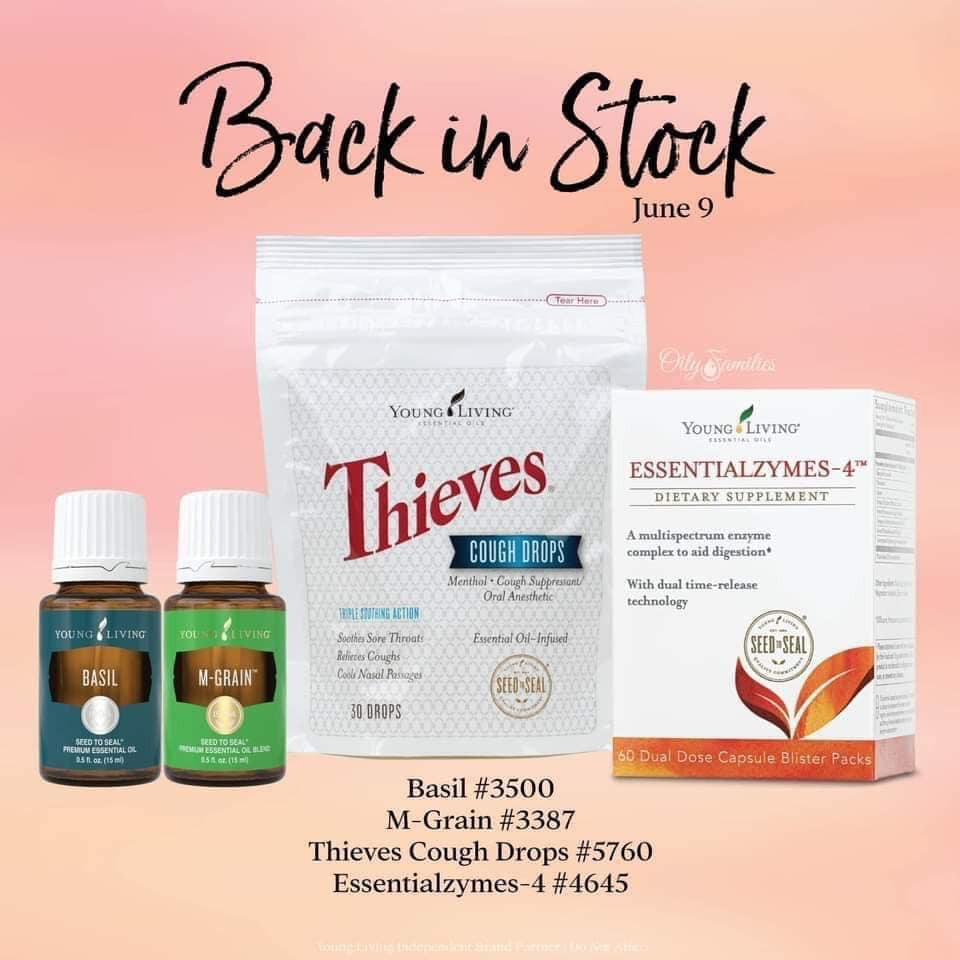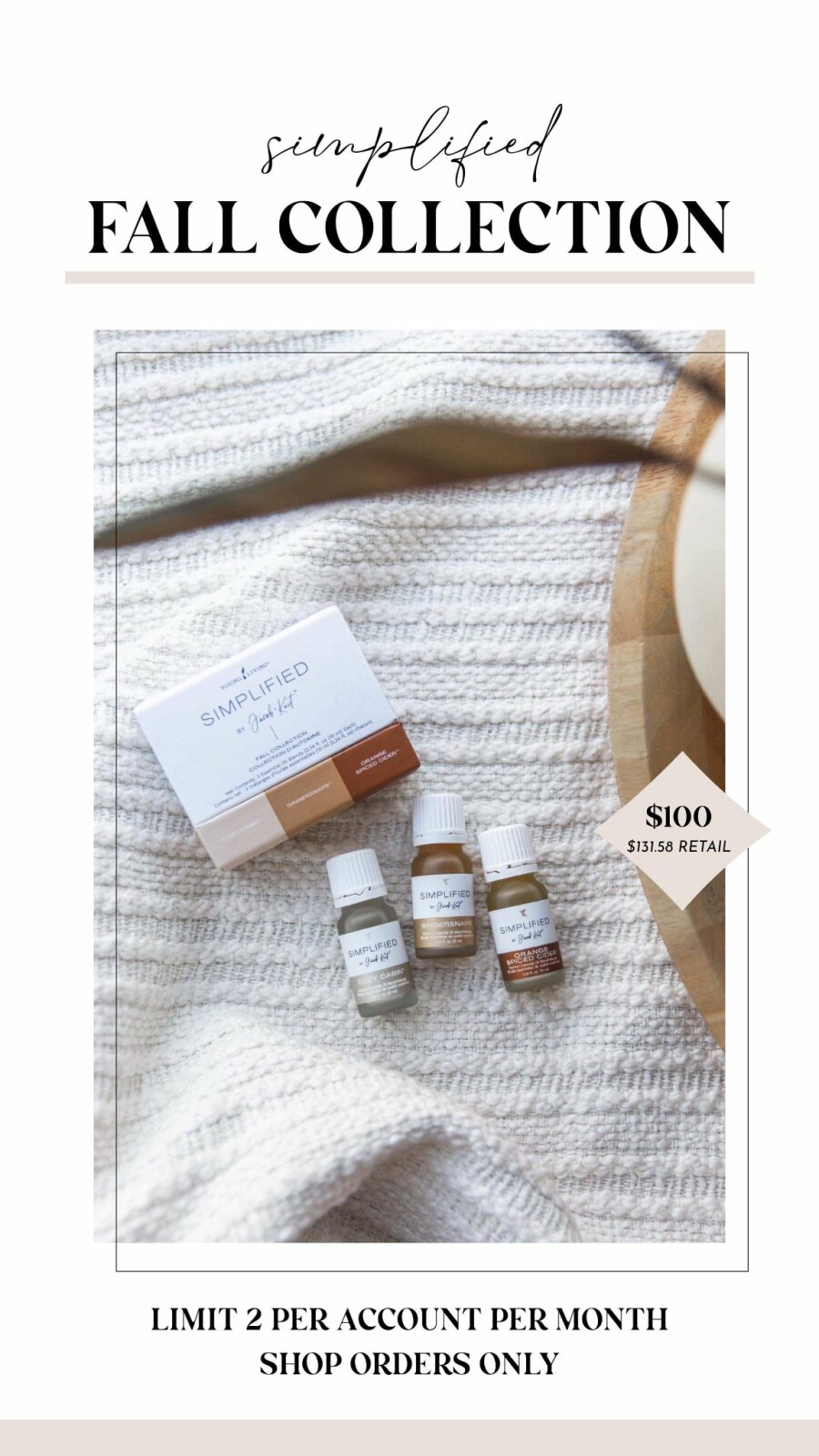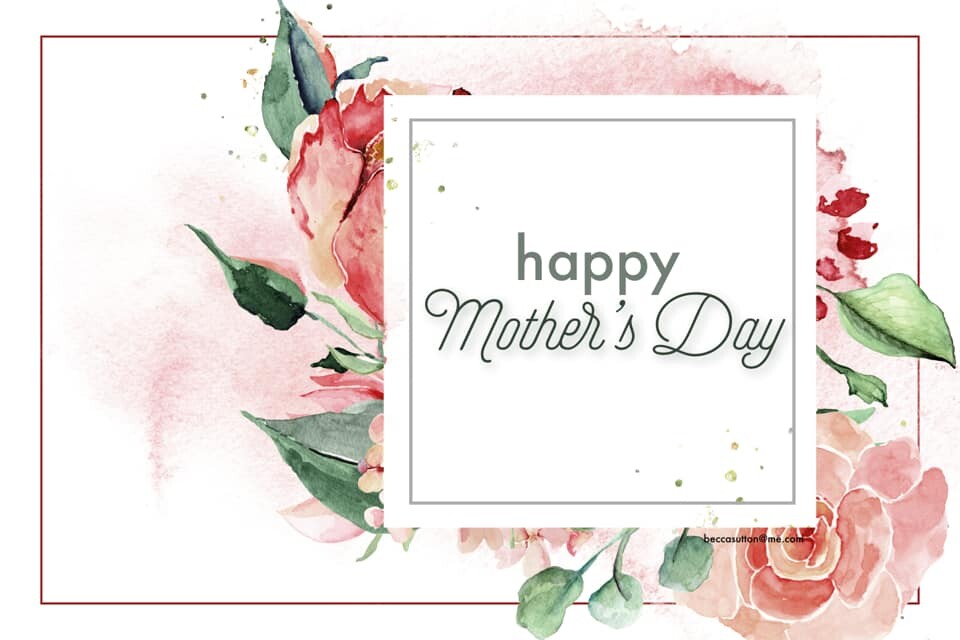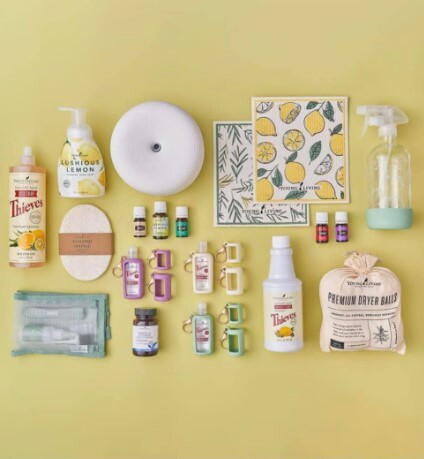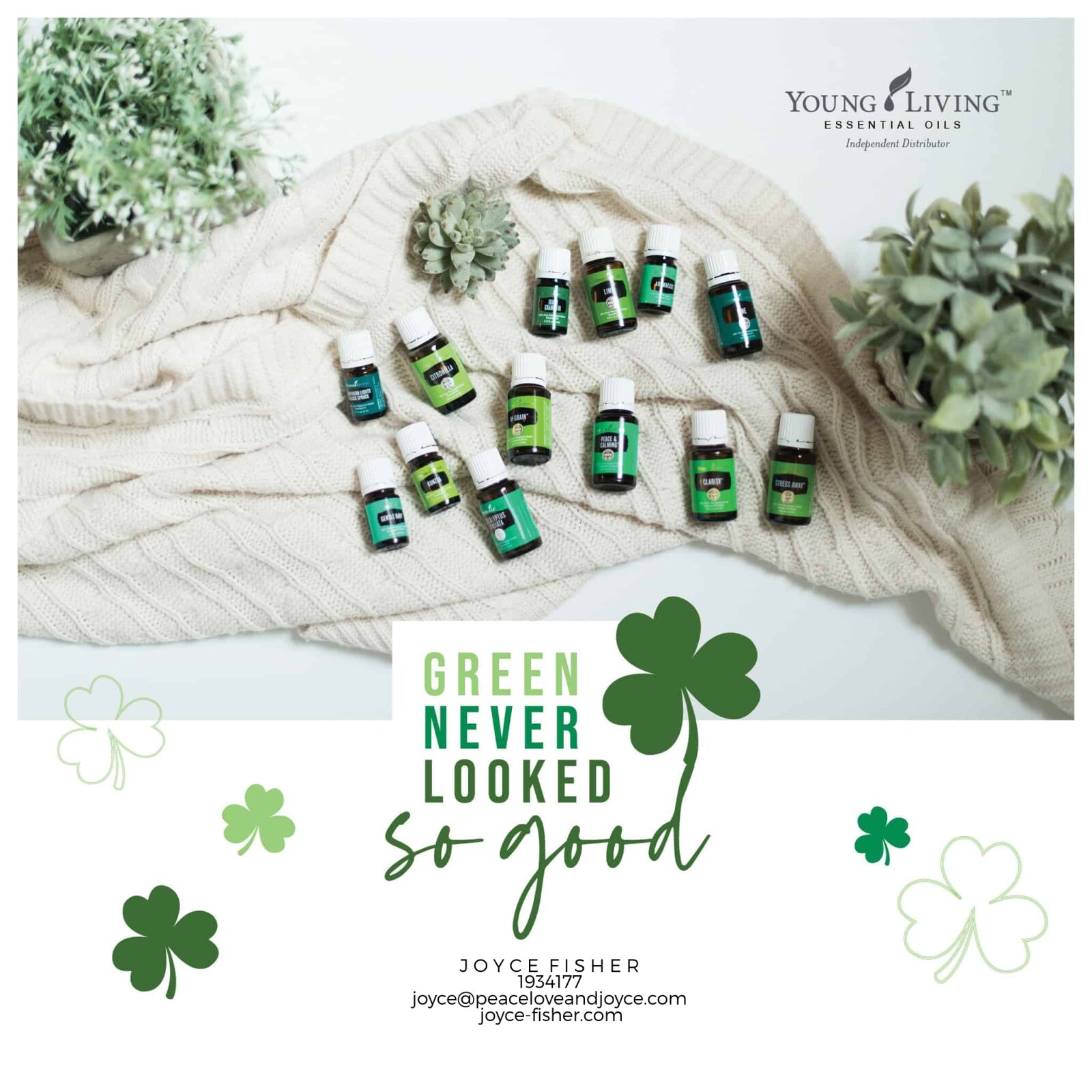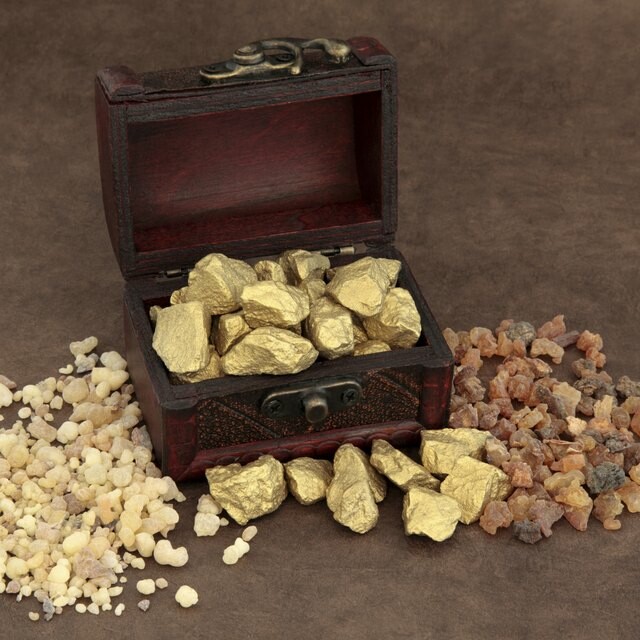
This week Christians celebrate the Feast of Epiphany on January 6th. The feast commemorates the visit of the Three Wise Men who followed the star to Bethlehem where Jesus was born. When the Magi (wise men from "the East", most likely Persia) visited the baby Jesus, they presented gifts of gold, frankincense and myrrh, following the common custom of presenting gifts to royalty, or one destined to be a ruling monarch.
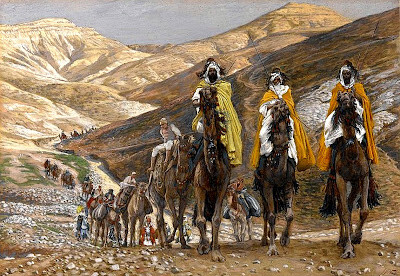
Photo Credit: "The Magi Journeying" by James Tissot (1836-1902)
Current location: Brooklyn Museum, European Art Collection.
Public Domain ClipArt Stock Photos and Images.
"And the angel said unto her, Fear not, Mary: for thou hast found favour with God. And, behold, thou shalt conceive in thy womb, and bring forth a son, and shalt call his name JESUS. He shall be great, and shall be called the Son of the Highest: and the Lord God shall give unto him the throne of his father David: And he shall reign over the house of Jacob for ever; and of his kingdom there shall be no end."
Luke 1: 30-33
"Now after Jesus was born in Bethlehem of Judea in the days of Herod the king, behold, magi from the east arrived in Jerusalem."
Matthew 2:1
"Then Herod secretly called the magi and determined from them the exact time the star appeared. And he sent them to Bethlehem and said, “Go and search carefully for the Child; and when you have found Him, report to me, so that I too may come and worship Him.” And having heard the king, they went their way; and lo, the star, which they had seen in the east, went on before them, until it came and stood over where the Child was."
Matthew 2:9

"When they saw the star, they rejoiced with great delight. And when they had come into the house, they saw the young Child with Mary His mother, and fell down and worshiped Him. And when they had opened their treasures, they presented gifts to Him: gold, frankincense, and myrrh."
Matthew 2: 10-11

"The Magi" by Henry Siddons Mowbray, 1915
According to Biblical scholars, the three gifts were chosen for their special spiritual symbolism about Jesus himself:
Gold was used in the Old Testaments to decorate the temple. This gift represented His kingship, that Jesus is the King of Kings!
Myrrh was highly valuable for medicinal purposes and for use in God's temple. Moses was commanded to take myrrh, sweet cinnamon, calamus, cassia, and olive oil and make a Holy Oil for the purpose of anointing. The priests used this Holy Oil to anoint the tabernacle, the tables and all vessels, as well as the altar and the Ark of the Covenant.
Frankincense, the third gift, was a symbol of Jesus' priestly role. In Exodus 30:34, God gave Moses instructions to take sweet spices like stacte, onycha, and galbanum, and mix it with pure frankincense, making a perfume, pure and holy. The perfume was to be used in the Tabernacle. The gift of frankincense represented that people would worship and praise Jesus.
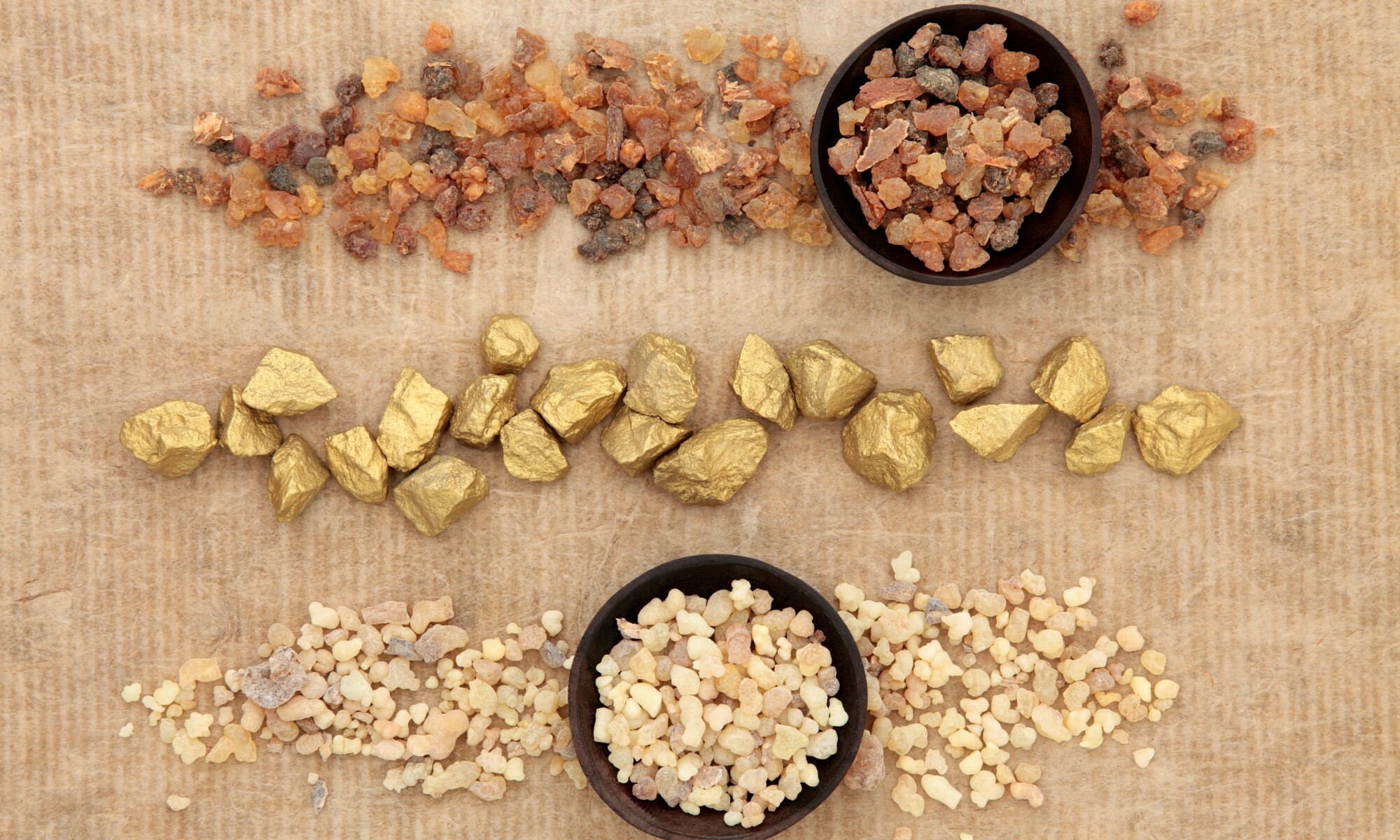
Photo Credit: Inspire Others Online
MODERN DAY USES OF FRANKINCENSE AND MYRRH
Information obtained from the Young Living website.
Frankincense Essential Oil: Boswellia carterii
Frankincense has been used in religious rituals for over 3,000 years. It has been known to enhance immunological function, beautify skin, and increase spiritual awareness.
Frankincense essential oil has a grounding, woodsy aroma that can be used to enhance your spiritual, meditation, or yoga practices. Applied topically, it promotes the appearance of healthy looking skin while reducing the appearance of uneven skin tones. Frankincense Vitality essential oil has a spicy, exotic taste and carries properties that can help support overall well-being and a healthy immune system when taken internally.* Frankincense essential oil is considered a holy oil in the Middle East, where it has been used in religious ceremonies for thousands of years and was one of the gifts given to Christ at his birth. Frankincense is mentioned in the Ebers Papyrus, an ancient Egyptian scroll from approximately 1500 BCE that documents its use. Young Living distills Frankincense essential oil from the resin of Boswellia carterii trees located in northern Africa, near the Arabian Peninsula. *Frankincense and Frankincense Vitality are the same essential oil.
Frankincense essential oil has a grounding, woodsy aroma that can be used to enhance your spiritual, meditation, or yoga practices. Applied topically, it promotes the appearance of healthy looking skin while reducing the appearance of uneven skin tones. Frankincense Vitality essential oil has a spicy, exotic taste and carries properties that can help support overall well-being and a healthy immune system when taken internally.* Frankincense essential oil is considered a holy oil in the Middle East, where it has been used in religious ceremonies for thousands of years and was one of the gifts given to Christ at his birth. Frankincense is mentioned in the Ebers Papyrus, an ancient Egyptian scroll from approximately 1500 BCE that documents its use. Young Living distills Frankincense essential oil from the resin of Boswellia carterii trees located in northern Africa, near the Arabian Peninsula. *Frankincense and Frankincense Vitality are the same essential oil.
FEATURES & BENEFITS OF FRANKINCENSE
- Promotes the appearance of healthy-looking skin Reduces the appearance of uneven skin tones
- Promotes feelings of relaxation and tranquility
- May support overall well-being*
- Supports healthy immune function*
- Can be taken as a dietary supplement for general health*
- Can be added to your favorite foods or beverages
SUGGESTED USES OF FRANKINCENSE
- Add to your moisturizer to promote the appearance of healthy-looking skin and even skin tones.
- Add a few drops to V-6TM Vegetable Oil Complex and use it in a massage after activity.
- Elevate spiritual experiences by diffusing in your home.
- Incorporate into your yoga ritual to promote feelings of relaxation and tranquility.
- Create a safe and comforting environment by diffusing while engaged in prayer or meditation.
- Add to your favorite foods or beverages to enjoy overall well-being.*
- Take internally as dietary supplement by taking 1-2 drops to a capsule to assist healthy immune function.
- Topical: Apply 2–4 drops directly to desired area. Dilution not required, except for the most sensitive skin. Use as needed.
- Aromatic: Diffuse up to 1 hour 3 times daily.
Myrrh Essential Oil: Commiphora myrrha
Myrrh essential oil beautifies, cleanses, and moisturizes the skin, making it a great addition to your skin care routine. In addition, its sweet, earthy aroma can be used to enhance yoga, meditation, and spiritual practices.
A relative of Frankincense with similar properties and benefits, Myrrh was one of the gifts brought to the Christ child at his birth. Native to the Arabian Peninsula, the Myrrh tree produces an aromatic sap that hardens to a red-brown resin. Myrrh essential oil is steam distilled from this resin, yielding an oil with an earthy, sweet aroma that brings a deeper sense of spirituality to practices such as yoga and meditation. Applied topically, it moisturizing and cleanses the skin, making it a popular addition to high-end skin care and beauty products. Myrrh essential oil is a key ingredient in many Young Living skin care products and essential oil blends.
FEATURES & BENEFITS OF MYRRH
- Has a soft, earthy aroma
- May improve the appearance of dry skin
- May reduce the appearance of blemishes
- Found in many products including Boswellia Wrinkle Cream, ClaraDerm, Essential Beauty Serum and Abundance, Gratitude, Hope and Humility essential oils
SUGGESTED USES OF MYRRH
- Diffuse for spiritual awareness and reflection
- Combine this earthy and uplifting aroma with Frankincense to create a meditative environment
- Add to your favorite skincare products
- Add to Thieves dental hygiene products to maintain oral health (toothpaste, mouthwash, floss)
- Topical: Apply 2-4 drops directly to desired area. Dilution not required, except for the most sensitive skin. Use as needed.
- Aromatic: Diffuse up to 1 hour 3 times daily.
*These statements have not been evaluated by the Food and Drug Administration. Young Living products are not intended to diagnose, treat, cure, or prevent any disease.

